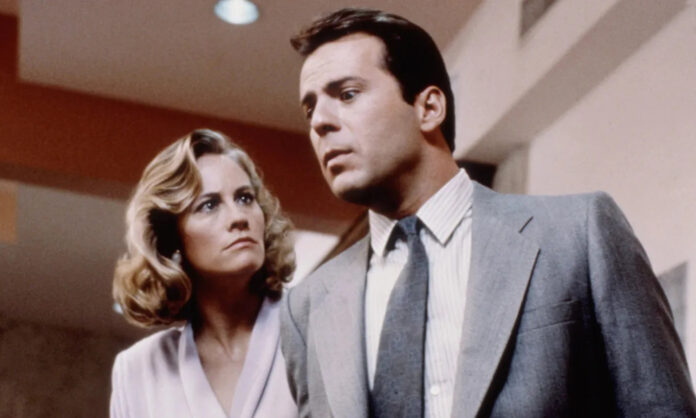In an article for Writer’s Digest, Anna Collins shares tips for writing witty banter, which isn’t only the purview of rom-coms. According to Collings, some foundational elements of witty banter include:
- The tease. Characters have foibles, which their banter partner should exploit. “Think about what you’d tease your sibling or your friend about (or perhaps there is something your younger self did that you now laugh about) and use those situations to your advantage,” Collins says. However, the teasing should be affectionate, or else your character may seem rude or mean.
- Self-deprecating digs. One way to soften teasing is to allow the teaser a few self-deprecating comments. “Characters (like people IRL) who can joke about their own shortcomings are more likely to be perceived as relatable, humble, and friendly, and consequently, that primes us to interpret their teasing as benign,” Collins explains. “It also adds another quintessential ingredient to the relationship—vulnerability.”
- Puns. “Since witty banter adds an aspect of cleverness to the characters, puns are also a great way to show off their quick thinking and situational awareness,” Collins writes. Over time, innocent wordplay may evolve into risqué double entrendres.
- Surprising honesty. “Admitting faults, feelings, and/or desires in response to, say, teasing about mismatched socks will take the conversation in new directions that keep both the characters and the readers guessing,” Collins says. “Honest communication is energizing, sexy, and inviting—great primers for witty banter.”
- Speed. “Witty banter runs like water,” Collins writes. “It’s quick, it’s snappy, and it doesn’t contain excessive information.” Drop most dialogue tags. If you need to establish who’s talking, use a brief action beat instead. Avoid having your characters call each other by name in dialogue.












